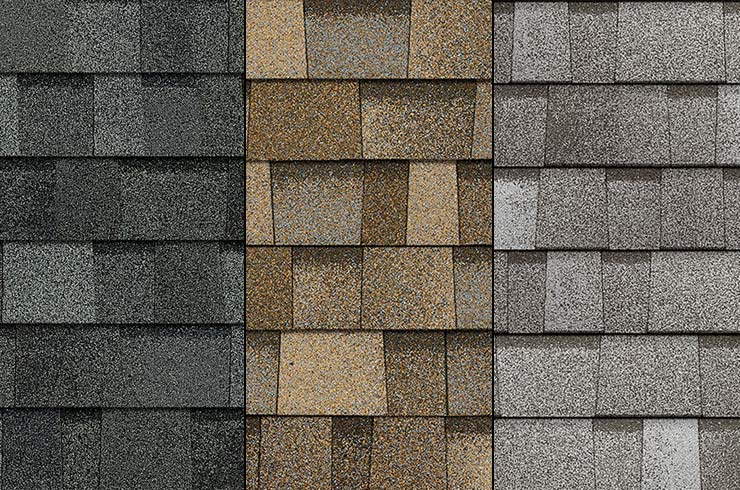The Complete Roofing Shingles Guide: Everything You Need to Know
A roof is one of the most critical elements in protecting your home from the elements, and roofing shingles play a vital role in ensuring its durability and aesthetic appeal. With a wide variety of shingle materials and styles available, choosing the right one for your home can be overwhelming. In this comprehensive roofing shingle guide, we’ll walk you through everything you need to know to make an informed decision for your roofing needs.
1. Types of Roofing Shingles:
There are several popular types of roofing shingles, each with its unique characteristics:
Asphalt Shingles
These are the most common and affordable option. They come in various colors and styles, making them suitable for many architectural designs.
Wood Shingles:
Wood shingles add a classic, natural look to your home. They are often made from cedar, redwood, or pine and require regular maintenance.
Metal Shingles:
Highly durable and energy-efficient, metal shingles come in various designs, including aluminum, steel, and copper.
Slate Shingles:
Known for their elegance and longevity, slate shingles offer a distinctive appearance but can be heavy and expensive.
Tile Shingles:
Usually made of clay or concrete, tile shingles provide a stylish and long-lasting option, commonly seen in Mediterranean and Spanish-style architecture.
2. Factors to Consider When Choosing Shingles:
Climate:
Consider your local climate and weather conditions. Some shingle materials perform better in specific climates.
Durability:
Assess the lifespan and maintenance requirements of each shingle type to determine the long-term cost-effectiveness.
Aesthetics:
Choose shingles that complement the architectural style of your home and enhance its curb appeal.
Cost:
Compare the upfront costs and potential long-term savings of each shingle type.
Weight:
Ensure your roof structure can support the weight of the selected shingles, especially for heavy materials like slate and tile.
3. Installation Process:
Proper installation is crucial to ensure your shingles perform optimally and last longer. Hiring a professional roofing contractor is essential to avoid common installation mistakes.
4. Maintenance and Repairs:
Regular maintenance, such as cleaning gutters and inspecting for damage, can extend the life of your roofing shingles. Promptly address any issues, like leaks or damaged shingles, to prevent further damage.
5. Roofing Warranties:
Understand the warranties offered by the shingle manufacturer and the roofing contractor. Warranties can provide added protection and peace of mind.
6. Local Building Codes and Permits:
Check with your local authorities about building codes and permits required for roofing projects in your area.
7. Environmental Considerations:
Some shingle materials are more environmentally friendly than others. Consider eco-friendly options if sustainability is a priority.
Conclusion:
Your choice of roofing shingles has a significant impact on your home’s protection, energy efficiency, and aesthetics. By considering factors like climate, durability, and installation, you can make an informed decision that ensures a long-lasting and visually appealing roof for your home. Don’t hesitate to seek advice from roofing professionals to guide you through the process. With this roofing shingle guide in hand, you’re well-equipped to make the best choice for your roofing needs.
